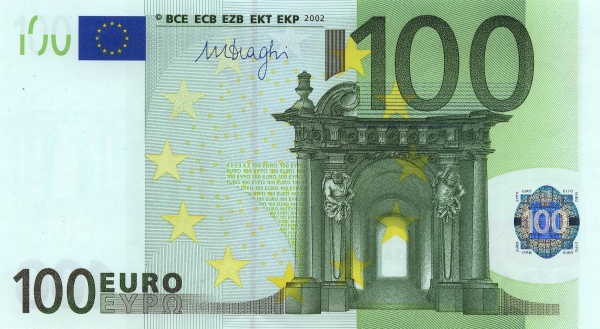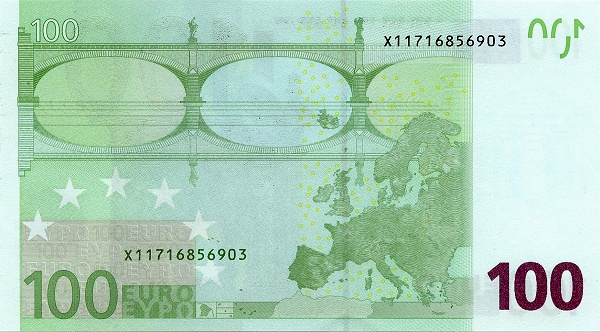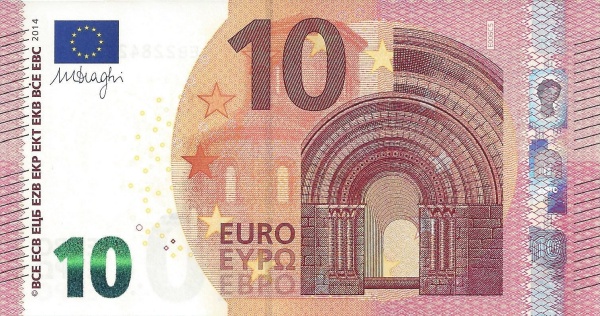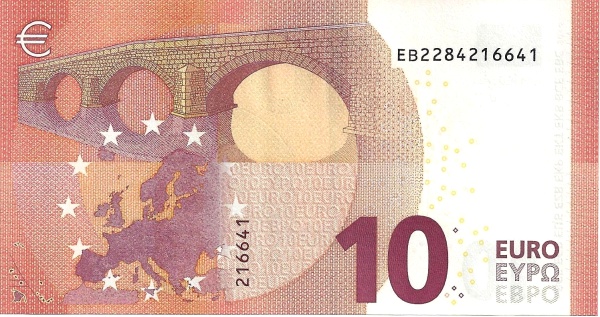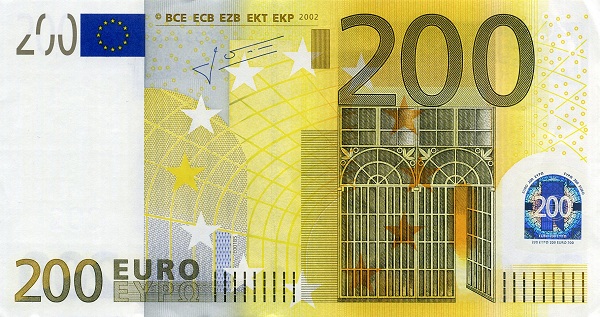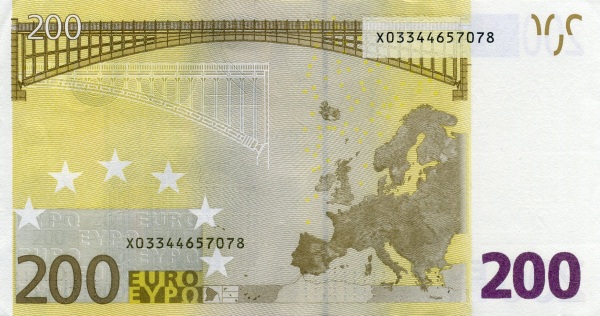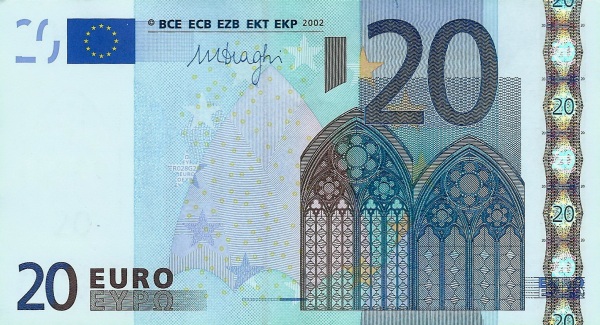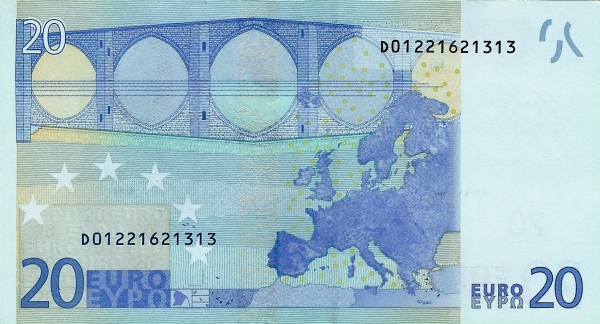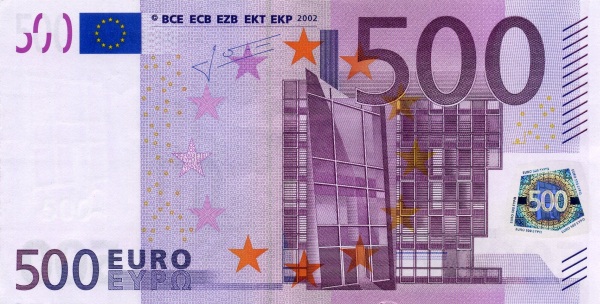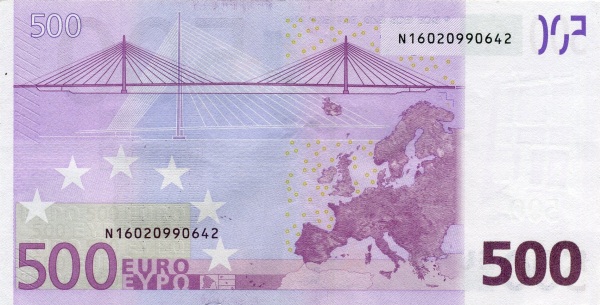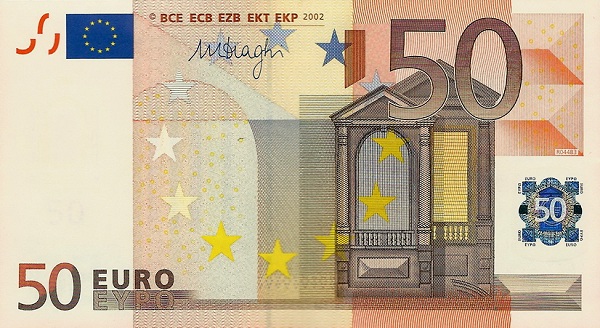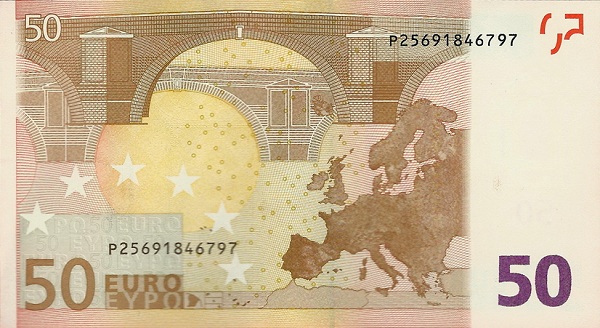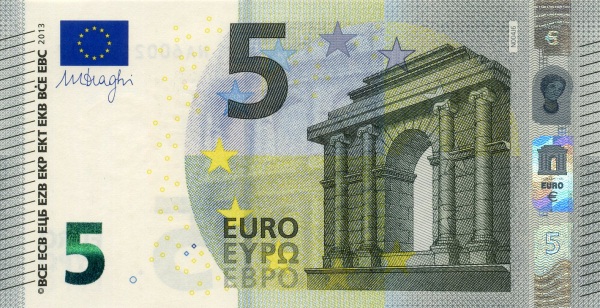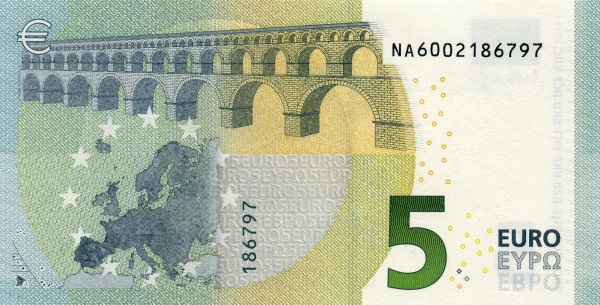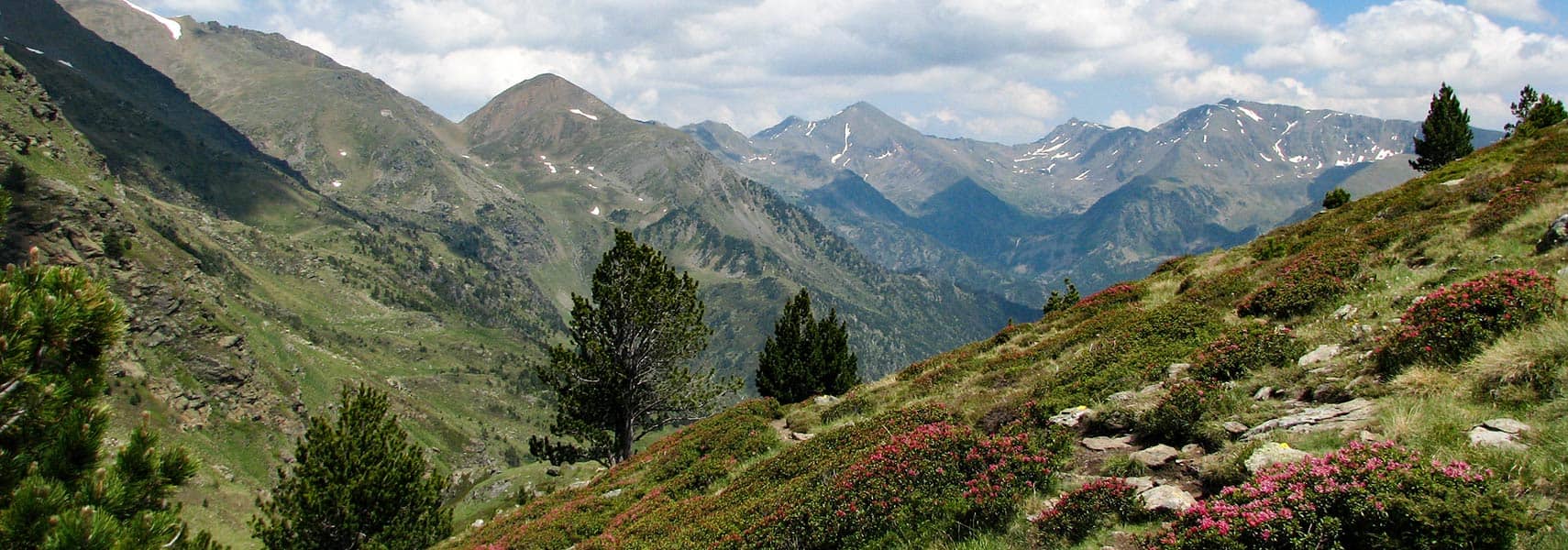Discovering the Allure of Andorra
Welcome to the captivating destination of Andorra, a small yet vibrant coprincipality nestled in the picturesque eastern Pyrenees mountains. This sovereign nation lies between the diverse cultures of France and Spain, creating a unique blend of heritage and modern charm. Spanning an area of 468 km², Andorra is approximately three times the size of Liechtenstein and 2.5 times bigger than Washington, D.C. Interestingly, Andorra ranks as one of the smallest countries in the world, sharing borders with multiple nations. The population, totaling around 71,700 as of 2015, calls the capital city, Andorra la Vella, home. The residents predominantly speak Catalan, along with Spanish and French, enriching the cultural fabric of this remarkable country.
A Brief Historical Overview
For centuries, Andorra remained isolated and faced considerable challenges. However, post-World War II, the nation experienced a significant transformation, predominantly fueled by the burgeoning tourist industry. Tourists flock to its stunning landscapes, contributing to the economy and attracting many immigrants, both legal and otherwise, drawn by the country's enticing lack of income taxes. As a result, the economy has thrived, creating opportunities for locals and newcomers alike.
Government and Political Structure in Andorra
Transitioning towards the political landscape, Andorra operates as a parliamentary democracy. This governance structure uniquely appoints two Co-princes as the heads of state, representing both France and Spain. The nation formalized its political framework with the establishment of the first written Constitution on March 14, 1993. Historical documents, known as the Pariatges, marked Andorra's independence, having been signed between 1278 and 1288. This blend of historic agreements and modern governance creates a distinctive political identity.
Geographical Features of Andorra
Andorra's geography is striking, nestled in the heart of the Pyrenees with coordinates topping at approximately 42° 39' 15'' North and reaching down to 42° 25' 38'' South. It stretches from 1° 24' 34'' West to 1° 47' 19'' East. With an area of 468 square kilometers (180 square miles), Andorra boasts breathtaking mountainous terrain, making it a paradise for outdoor enthusiasts.
Climate Patterns in Andorra
The climate in Andorra pleasantly surprises visitors with its temperate conditions. Winters here tend to be snowy and cold, perfect for winter sports enthusiasts. Conversely, summers warm up, offering dry, sunny days that perfectly complement hiking and exploring the stunning landscapes.
The People of Andorra
The Andorran people embody a rich tapestry of cultures, primarily consisting of Andorrans, Catalans, Spaniards, French, and Portuguese. This ethnic diversity showcases the country's unique position as a cultural crossroads. The citizens of this charming nation predominantly practice Roman Catholicism, reflecting its historical roots. Remarkably, Andorra boasts an astonishing literacy rate of 99.9%, testament to its dedication to education and community development.
Economic Insights into Andorra
In the realm of trade, Andorra primarily exports tobacco products and furniture, two predominant sectors contributing to its economy. The import landscape, however, focuses significantly on consumer goods, food, fuel, and electricity. This balance of exports and imports allows Andorra to maintain its economy while catering to the needs of its residents and tourists alike.
The Currency of Andorra
Andorra uses the Euro (EUR) as its official currency, aligning with many European nations. This choice not only facilitates trade but also enhances the tourism experience for visitors coming from various countries.
Exploring Andorra's Rich Culture
The culture of Andorra reflects its unique geographical situation and historical evolution. Traditional Andorran customs intertwine with Catalan and Spanish influences, which can be observed in its gastronomy, festivals, and architectural styles. Visitors often revel in the flavorful Andorran cuisine, characterized by hearty dishes featuring locally sourced meats and vegetables. Additionally, cultural festivals, celebrated throughout the year, present a vibrant showcase of dance, music, and arts from diverse communities within the principality.
A Tourist's Haven in Andorra
The breathtaking landscapes, coupled with a mild climate and rich culture, have positioned Andorra as a favorite tourist retreat, drawing millions each year. Ski resorts abound in the winter months, while hiking trails and mountain biking routes attract outdoor enthusiasts during the summer. The stunning natural beauty and warm hospitality create an unforgettable experience for all who visit. Furthermore, the low taxes make shopping irresistible, prompting many visitors to explore the charming boutiques and markets throughout the region.
Conclusion: The Heartbeat of Andorra
In summary, Andorra stands as a beacon of natural beauty, rich cultural heritage, and a thriving economy. From its stunning landscapes nestled in the Pyrenees to its dynamic community and modern governance, Andorra encapsulates an essence that lingers long after visitors leave. Whether one embarks on a journey for adventure, culture, or relaxation, Andorra promises a magical experience that captivates the heart.
Largest cities of: Andorra
| City Name | Population | Year of foundation | |
| Andorra la Vella | 22,165 | 803 | |
| Escaldes-Engordany | 14,113 | 1975 | |
| Les Escaldes | 14,113 | 1950 | |
| Encamp | 11,971 | 1031 | |
| Sant Julià de Lòria | 10,923 | circa 839 | |
| La Massana | 8,500 | 1980 |
Andorra: Money
